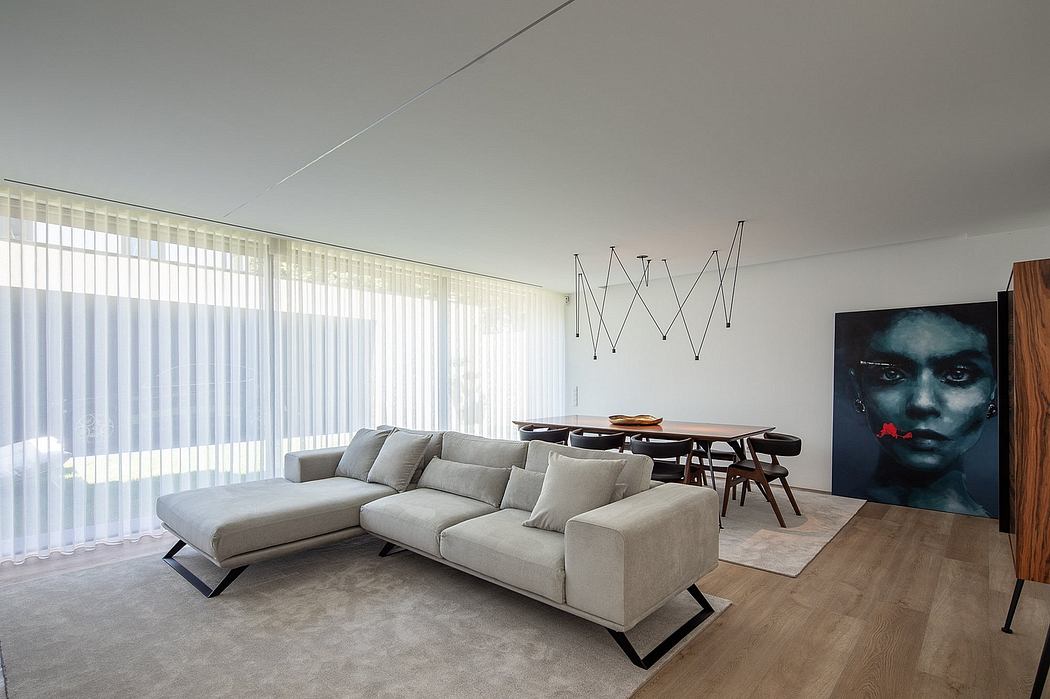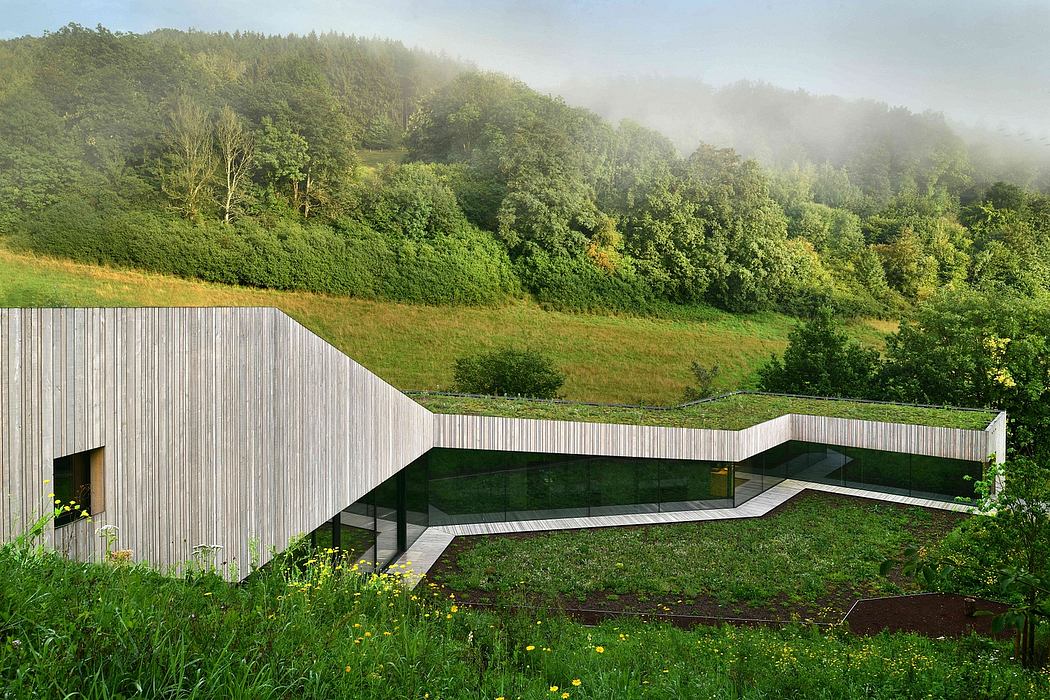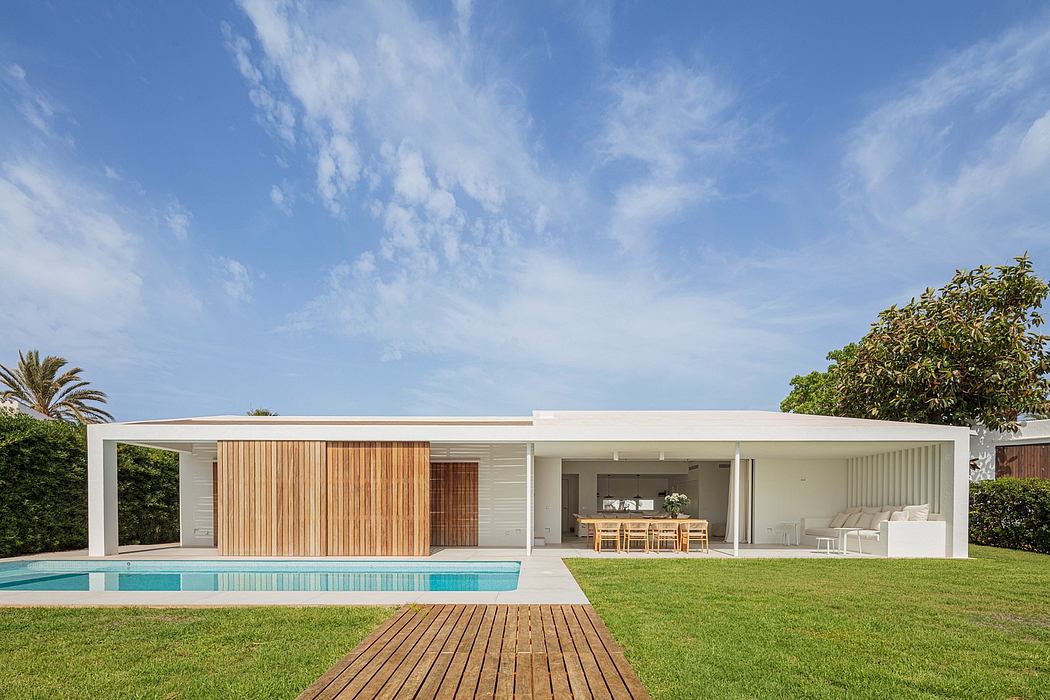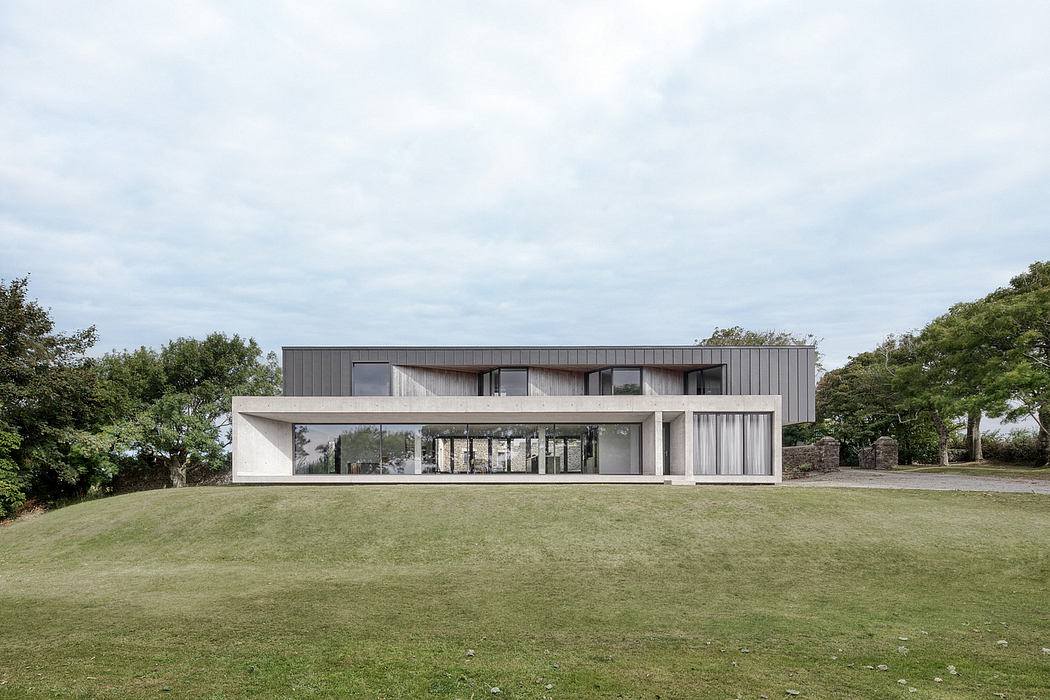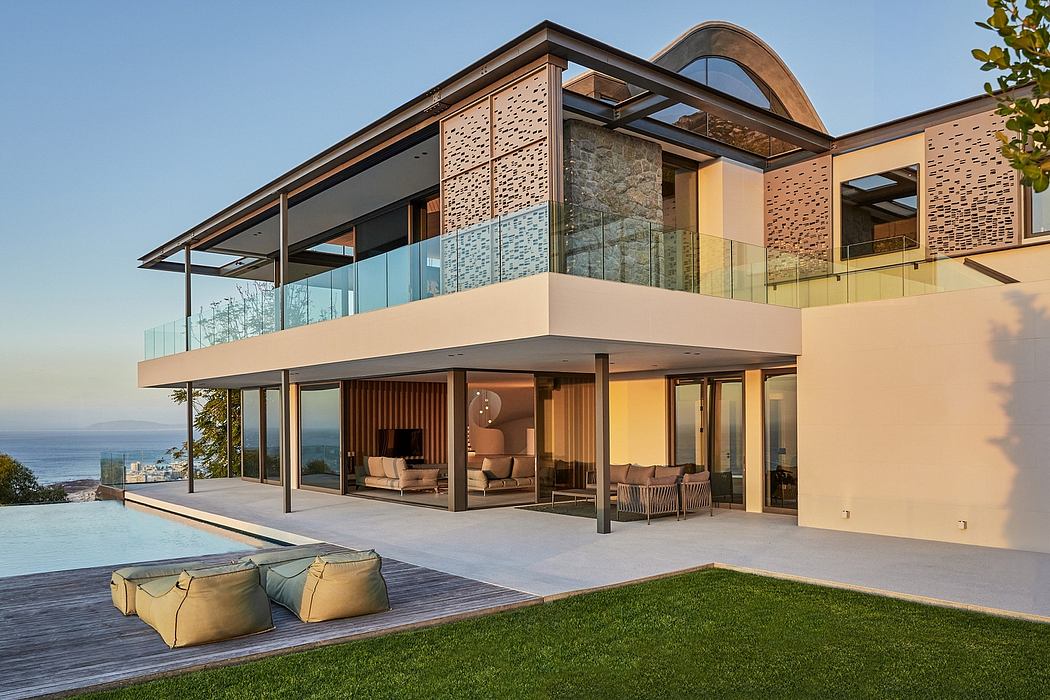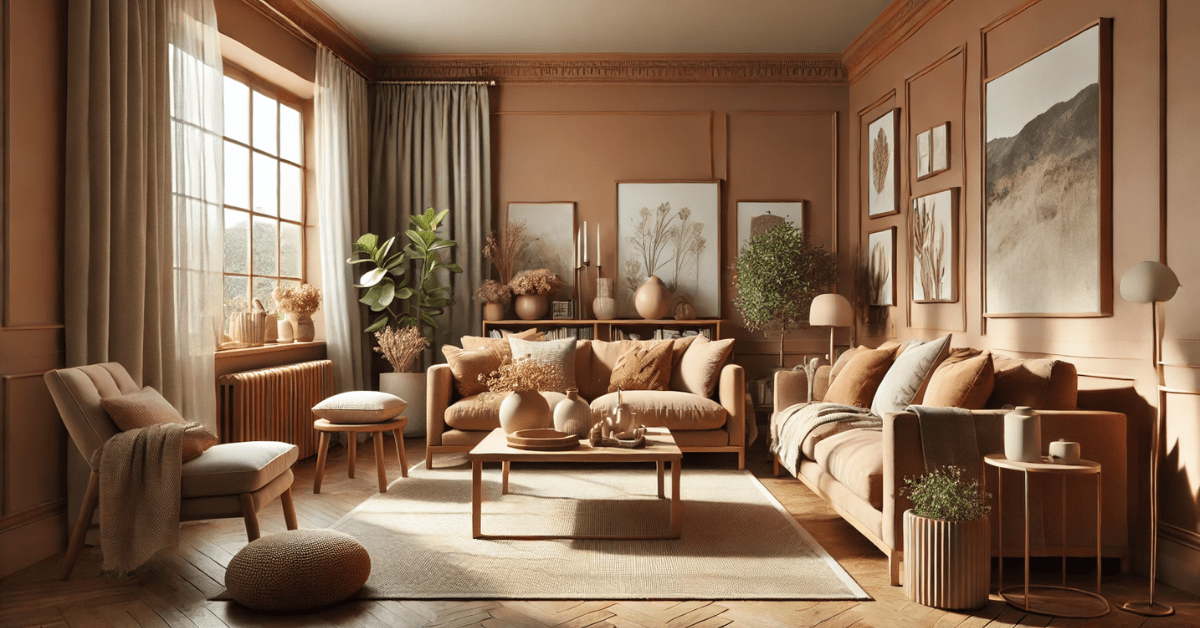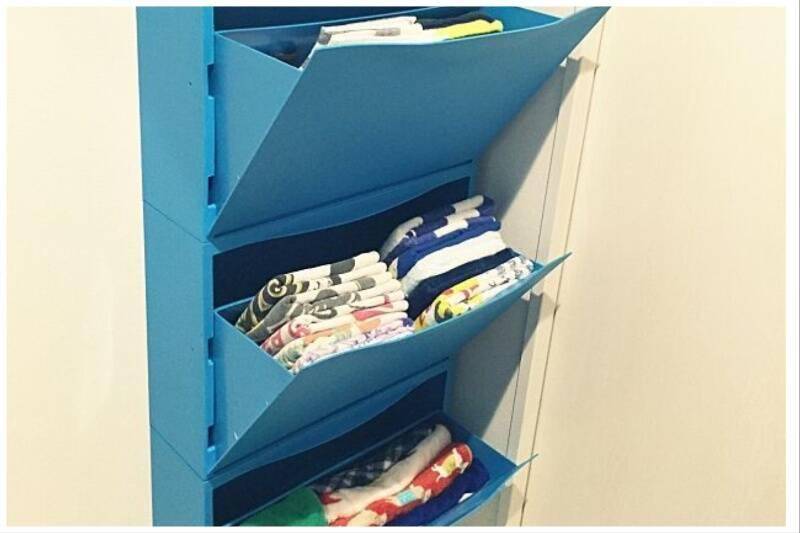Meet the De Markies: the Innovative Mobile Home That Never Was

After camping became a popular pastime in the 1950s, many people invested in pop-up campers. Small, portable, and most of all affordable, these little beauties were often big enough to accompany a whole family of outdoor enthusiasts looking to take their vacations on the road. As time went on, pop-up campers became larger and more accommodating as brands like Coleman and Jayco packed their versions with built-in features like kitchenettes, stoves, and even seating areas where the casual camper could commune with nature in relative comfort.
Fast forward to 1985. While most people were flocking to theaters to enjoy the fun, futuristic romp Back to the Future, the pop-up camper industry was on the cusp of a futuristic innovation of its own: the awning (also known as the “de markies”). A relatively new concept at the time, the idea was initially developed by Dutch architect Edward Böhtlingk for an architectural competition. Styled as a mobile home and envisioned as an accordian-like caravan that could expand in seconds with a simple push of a button, it was indeed the camper of the future.
Meant to combine “temporary living with a creative travel experience,” Böhtlingk’s cool camper didn’t exactly appear extraordinary on the surface. A box-like construction while traveling, the magic didn’t truly happen until the camper arrived at its destination. There, with the push of a button, the camper would increase to approximately t...
Source:
dornob
URL:
http://dornob.com/design/architecture/
| -------------------------------- |
| EcoLogicStudio transforms cladding system into a bioreactor with Urban Algae Canopy |
|
|





